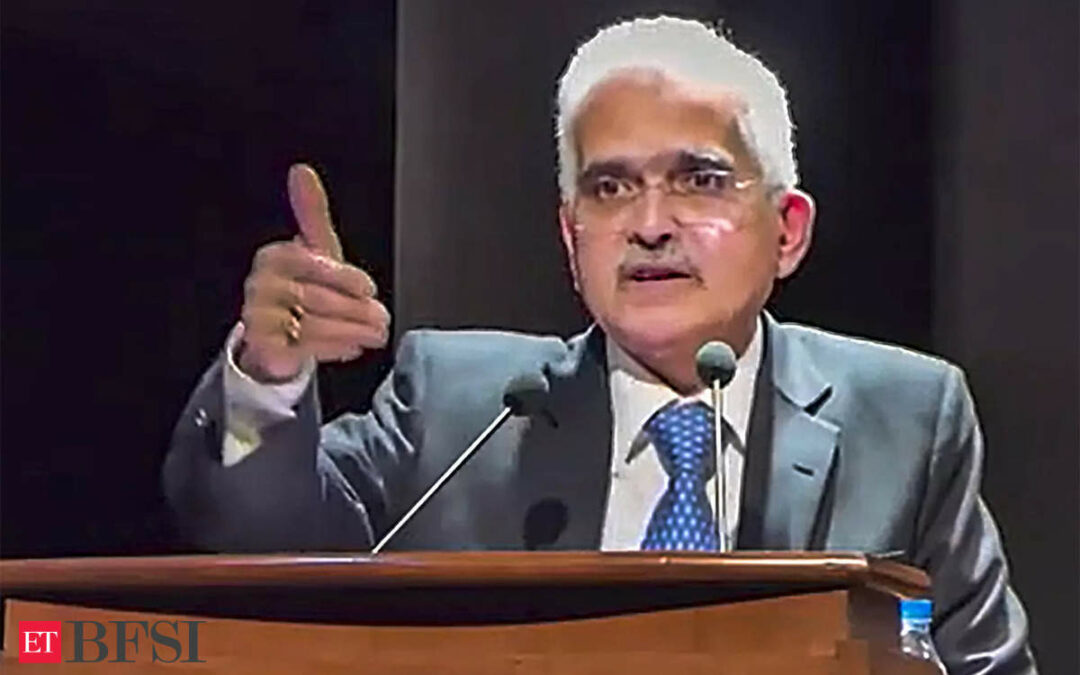The Reserve Bank of India (RBI) on Friday said it plans to introduce a unified regulatory framework for connected lending across all regulated entities.
RBI Governor Shaktikanta Das highlighted the need for a comprehensive approach, stating that existing guidelines on connected lending are limited in scope and lack uniform applicability to all regulated entities.
“Connected lending or lending to persons who are in a position to control or influence the decision of a lender can be of concern, if the lender does not maintain an arm’s length relationship with such borrowers. Such lending can involve moral hazard issues leading to compromise in pricing and credit management,” he said.
The unified framework aims to strengthen the oversight of pricing and credit management by regulated entities, addressing concerns related to lending to individuals capable of influencing a lender’s decisions.
Corporates not welcome yet
Presently, corporate houses in India are prohibited from owning banks, with the RBI emphasizing the inherent risks associated with connected lending. The central bank had previously faced criticism following a 2020 central bank panel recommendation that proposed allowing industrial houses to establish banks, sparking worries about the concentration of political and economic influence.
The forthcoming unified framework aims to fortify regulations, preventing conglomerate-owned banks from participating in practices that could compromise pricing and credit management. The RBI has noted the existing limitations in scope and uniform applicability of guidelines on connected lending to all regulated entities.
The RBI’s approach appears twofold, as it appears open to permitting business conglomerates to own banking licenses while simultaneously reinforcing regulations to prevent potential abuses. Recent instances, such as the 2018 resignation of ICICI Bank CEO Chanda Kochhar over allegations of favoritism toward the Videocon Group and scrutiny faced by Yes Bank’s founder Rana Kapoor for alleged kickbacks influencing lending decisions, have brought attention to issues associated with connected lending.
The central bank’s reluctance to permit large business houses to establish banks is rooted in concerns about governance, conflicts of interest, misallocation of credit, and concentration risks. The RBI’s focus on maintaining a professional banking environment reflects a cautious stance to avoid past errors and challenges from India’s pre-bank nationalisation era.











